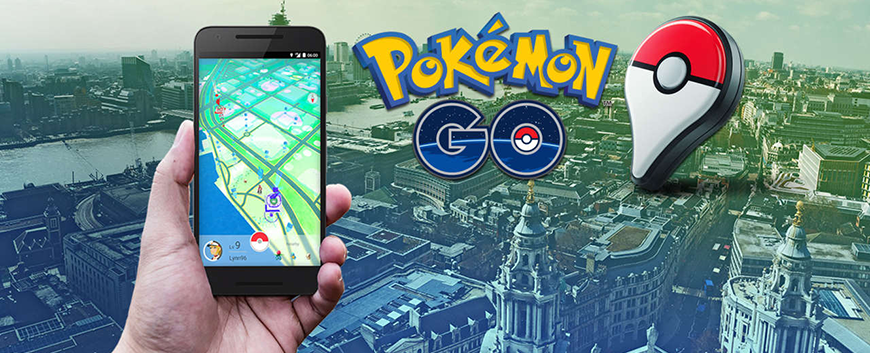Why Marketers Should Pay Attention to Pokemon Go
- Posted on Jul 21, 2016
- Annie Lyons
- 0 Comments
What started out as a nostalgic app has taken the world by storm -- Pokemon Go! Sure, the app is encouraging people of all ages to unleash their inner child, catching Pikachus, Charizards and other Pokemon, but beyond that, what's really getting people on their feet is Pokemon Go's interactive nature and the focus on augmented reality. Instead of playing from the comfort of your couch, tapping your phone left and right to catch Pokemon, users must walk to real life places to have access to the Pokemon on their phones. Consumers are loving the addition of virtual and augmented reality, allowing for a more immersive and engaging experience. And businesses are loving it too.
Just days after Pokemon Go's release, Nintendo's stock rose $11 billion, and more than 5% of Android users had downloaded the app. In fact, in less than a week, there have already been more downloads of Pokemon Go than the dating app Tinder, and the new craze is on it's way to passing the established social media platform Twitter.
There is a lot marketers can take away from Pokemon Go. The popularity of the app does not simply stem from the desire to capture a Pickachu. Rather, what sets Pokemon Go aside from millions of other apps is that it's the first one to successfully combine virtual reality and real life into a fully immersive experience—a clear signal that people want more virtual reality and augmented reality-related games and technologies. In an era where children are raised on iPads, this is an experience many have been waiting for. We can now combine our love for technology with the outdoors, immersing us in a new form of reality we never thought possible, and consumers are LOVING it.
Now that Virtual Reality and Augmented Reality have become more accessible, marketers would be remiss if they ignore the craze and don't consider hopping on board. There are many opportunities to start incorporating VR/AR into the marketing mix as VR advertisements, AR games and apps, VR360 videos, or promotional events incorporating VR and AR.
Many local businesses are even creating Pokemon gyms and signage to encourage fans to stop by, play and of course purchase. L'inizio's, a pizza bar in New York City has seen business increase by 75% due to a Lure Module housing plenty of Pokemon in their restaurant. For some establishments, it was a mere coincidence that their residence was chosen as a Pokestop, which allowed them to capitalize on the opportunity. In Salt Lake City, Utah, a clothing store, IconoCLAD happily took a very creative approach in capitalizing on their Pokestop, creating a welcoming sign outside the store informing players and encouraging them to shop around while catching their Pokemon. Meanwhile, those that weren't originally deemed a Pokestop are waiting patiently as rumors swirl around the potential for sponsored Pokestops.
While the buzz around Pokemon Go is sure to eventually fade, it has nonetheless revolutionized the gaming and marketing industries overnight. The consumer interest and marketing opportunities are clear. Marketers have an incredible opportunity to adapt their strategies to give consumers what they want—more engaging and immersive experiences like what they enjoy with VR and AR. Check out 5 Reasons Why Marketers Must Consider Virtual Reality to learn more about the opportunities for VR.
In the meantime, we'll go Catch ‘em all!











